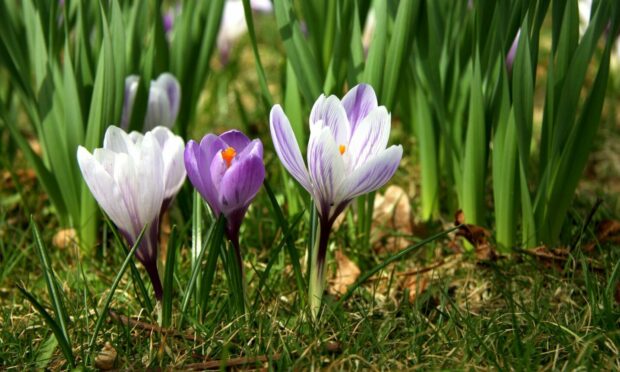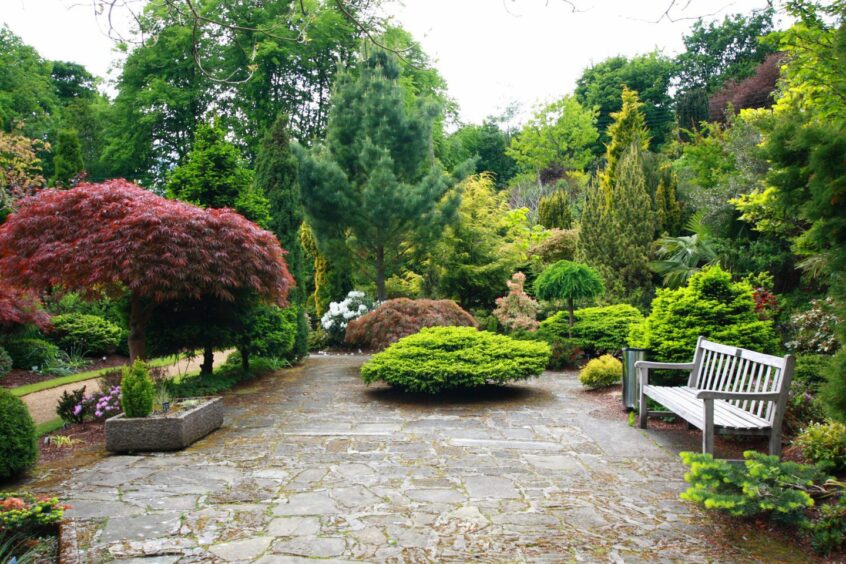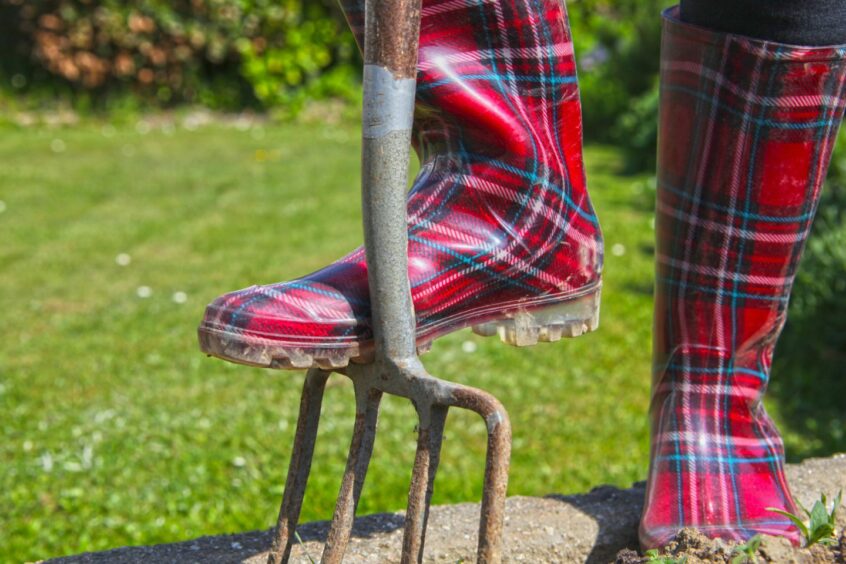I just knew February would fly in, here we are four days in to March already.
The good news is we are now in to spring, my head likes to say that it’s still a couple of weeks until the equinox when the days become longer than the nights but hey, pota(y)to-potato.
Let’s be honest with ourselves, it doesn’t really matter what we think. Mother Nature will decide when winter is going to end, and for us gardening up in Scotland we won’t really feel confident about that until the start of June!
Brighter days
We can see the days are increasingly getting lighter for longer and when the sun makes it out, it definitely feels brighter with a bit of heat behind it.
But the sky can quickly turn grey and a biting cold winter can appear, reminding us winter isn’t over just yet.
Those spring-like days make us want to get outdoors to start seed sowing and planting potatoes but isn’t it just a wee bit early?
I think this is a fun little window we’re in just now, “will I, wont I?”
It’s so tempting but I think I’ll hold off just a couple more weeks yet, just to be on the safe side.
When we get into March we’re definitely in that in-between period I think we can safely call ‘late-winter’.
And that means time is running out if we want to get the last of those winter jobs in the garden done.
Last winter work
If you haven’t yet done it’s still not too late. I’m pleased to say with the weather being so kind this year we’ve managed at Scone Palace to get shrub and fruit tree pruning completed, bare-root tree and hedge planting done, and herbaceous material cleaned up.
The team have even managed to put in a new path that has opened up a wooded den to our visitors.
I’d like to get yet more done though, before our garden time is taken up by grass cutting and weeding, getting on with one of the best jobs of the year spending time growing plants.
Hedges are key aspects of the garden helping us to screen for privacy or make more of the space we have by dividing up our plot in to little rooms.
Pruning hedges
Just now at my own beech hedge at home garden birds are constantly flying in and out as they get ready for the breeding season.
Deciduous hedges like beech and hawthorn can sometimes grow faster than you can cut them, eventually becoming too tall or encroaching on a path.
Now is a good time to get them back in shape with a bit of harder pruning, removing as much as 50% of the width or height in a single cut, to within 30cm/12in of the trunk.
If you need to attack both sides and the top then spread this job over three years, doing one side at a time.
Lastly the job that always makes me feel concludes the winter, in work anyway if not quite the weather. It’s the cutting down of the coloured stems of our dogwood plants.
For me no winter garden is complete without one, choosing from firework colours of red, orange, yellow or bright green to add much-needed joy.
I struggle to remember the simplest of things (rewind to Christmas when I forgot to give my wife a gift that she actually bought herself for me to give her!).
Creative ways with stems
But I can still somehow recall 30 winters ago when my head gardener asked me to cut the red stems of a Cornus alba ‘Siberica’ right down to near ground level.
Of course I trusted he knew what he was he doing but it still felt a bit extreme. Sure thing within weeks, new shoots started sprouting for display.
We seem to be a lot more creative these days, especially with our dogwood prunings.
I’m no fancy gardener but I do like following on Instagram the likes of fellow Beechgrove contributor Lizzie Schofield who is always twisting hers together and bending them into shapes and objects.
Wreaths at Christmas time, hearts for Valentine’s Day or simple decorations for your outside seating area.
I like them all, but one of the most attractive I’ve seen is the creation of a bird feeder from the thin, whippy stems of these winter prunings.
Not really suitable for using bird seed but perfect for the rounded fat balls made from a suet and seed mix, a natural solution to a product normally made from plastic.
When hung from branches they can bring a bare, deciduous tree to life as a colourful feature.
If you choose not to cut back your stems then, with spring coming, you could produce new plants by layering a couple of the stems, by bending them down and pegging them to the ground with a small hoop of wire.




Conversation